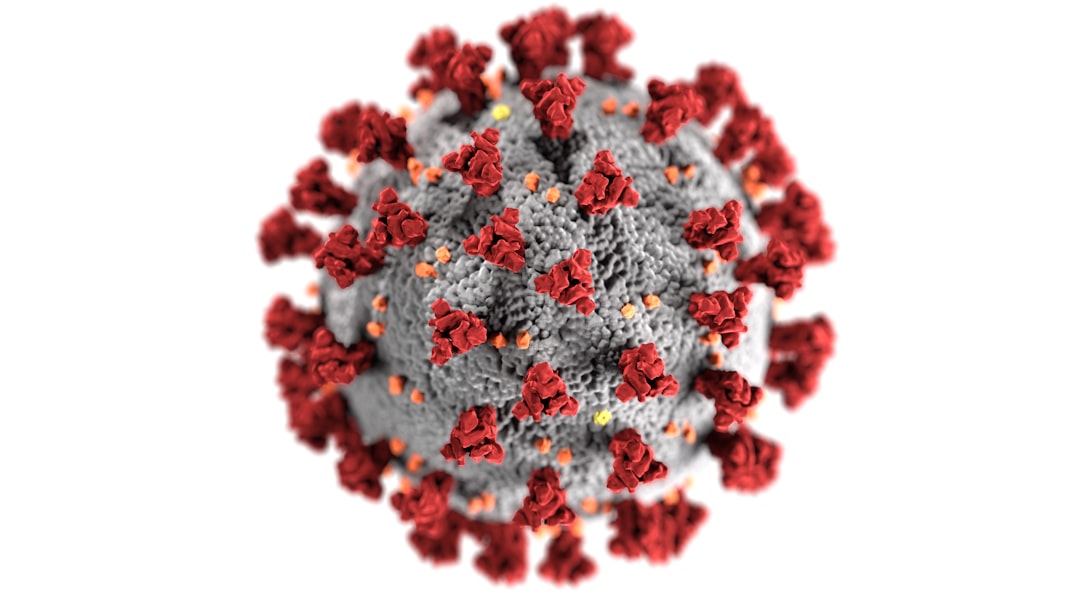What is it about?
The equimolar reaction between 4-(dimethylamino)benzaldehyde and 2-acetylthiophene in basic ethanolic solution yields the title compound, C15H15NOS, whose molecular structure matches the asymmetric unit. The molecule is not planar, the dihedral angle between the aromatic and the thiophene rings being 11.4 (2)°. In the crystal, molecules are linked by C—H⋯O and weak C—H⋯S interactions along [100], forming R22(8) rings, and by weak C—H⋯O interactions along [010], forming chains with a C(6) graph-set motif. In addition, molecules are connected into centrosymmetric dimers by weak C—H⋯π interactions, as indicated by the Hirshfeld surface analysis. The most important contributions for the crystal structure are the H⋯H (46.50%) and H⋯C (23.40%) interactions. The crystal packing resembles a herringbone arrangement when viewed along [100]. A molecular docking calculation of the title compound with the neuraminidase enzyme was carried out. The enzyme shows (ASN263)N—H⋯O, (PRO245)C—H⋯Cg(thiophene ring) and (AGR287)C—H⋯N intermolecular interactions with the title compound. The crystal structure was refined as a two-component twin with a fractional contribution to the minor domain of 0.0181 (8).
Featured Image
Read the Original
This page is a summary of: Crystal structure of (2E)-3-[4-(dimethylamino)phenyl]-1-(thiophen-2-yl)prop-2-en-1-one, Acta Crystallographica Section E Crystallographic Communications, March 2017, International Union of Crystallography,
DOI: 10.1107/s2056989017003437.
You can read the full text:
Contributors
The following have contributed to this page










